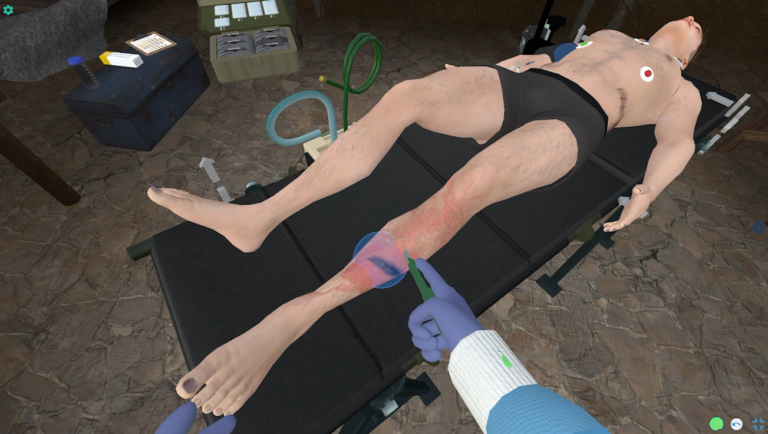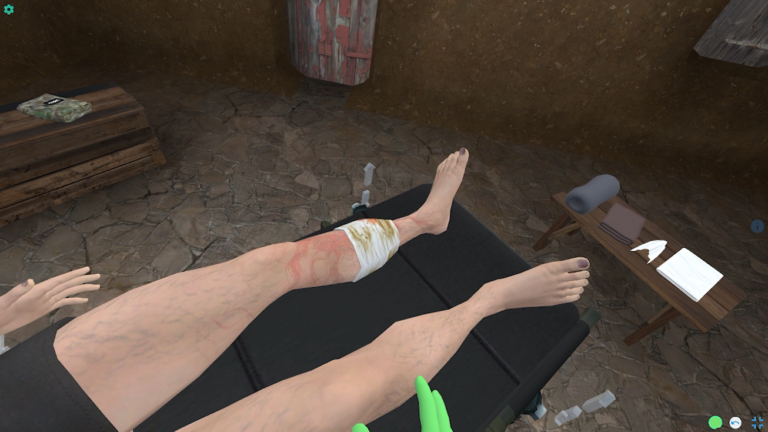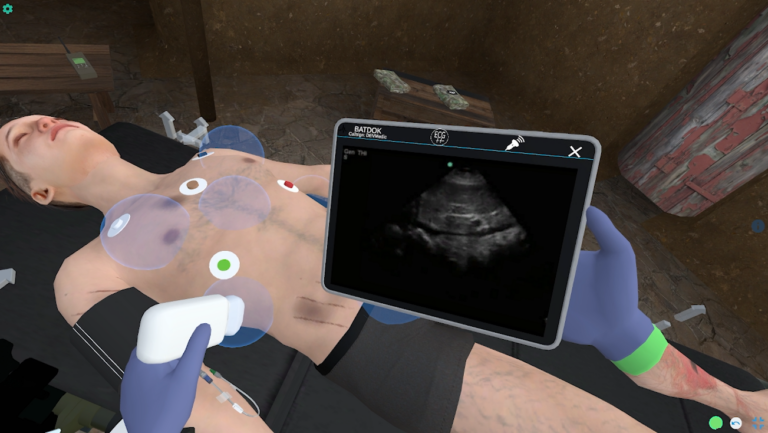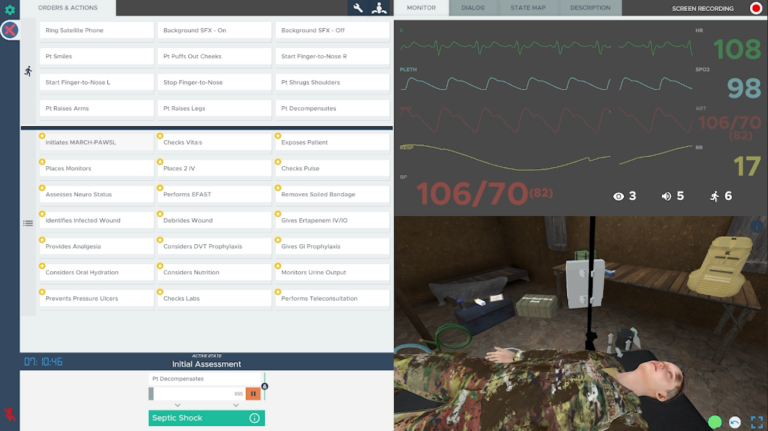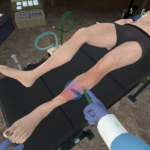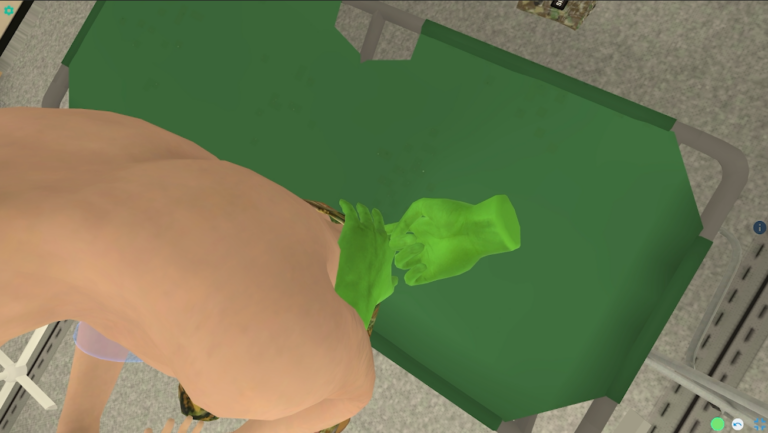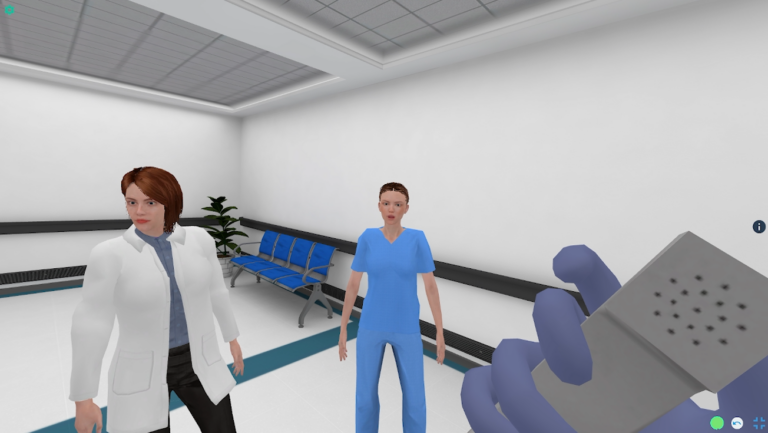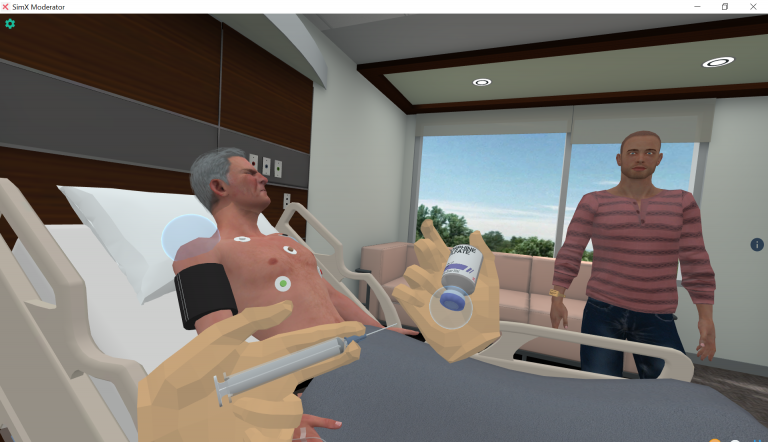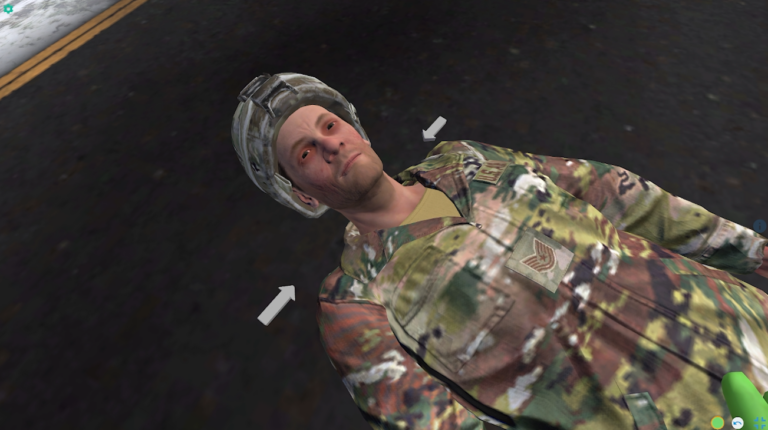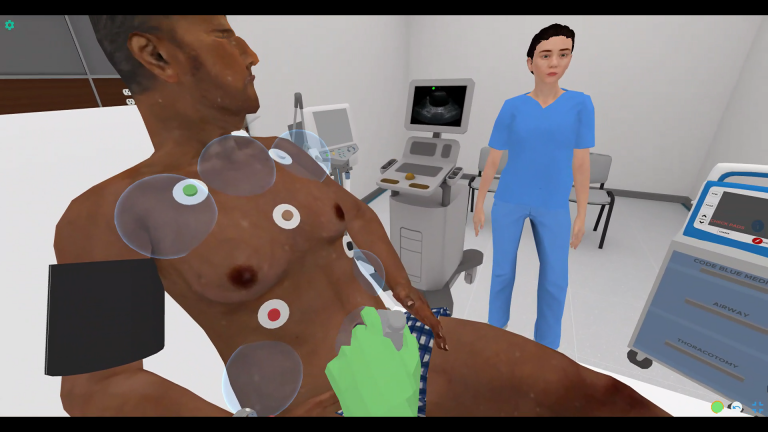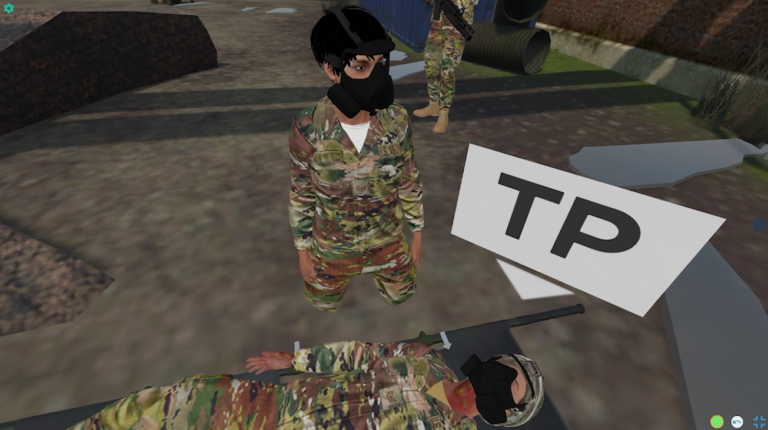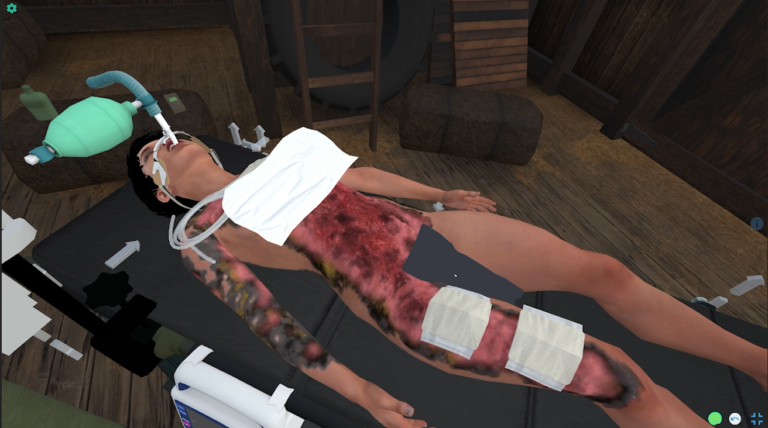Case Description
Starting in a building of opportunity in a far forward location, participants receive handoff for a casualty three days post blast injury. During the evaluation the casualty decompensates into septic shock with hypotension, tachycardia, and prolonged capillary refill. The learner should provide local wound care, debride the wound, administer appropriate antibiotics, provide appropriate nursing measures, provide analgesia, perform teleconsultation, evaluate perfusion, evaluate fluid status, give IV fluid bolus, consider vasopressors, give DVT prophylaxis, assess oral hydration, assess nutrition, give GI prophylaxis, and request for urgent evacuation.
Learning Objectives
1. Demonstrate ability to provide patient care for extended periods of time when evacuation or mission requirements surpass available capabilities and/or capacity to provide that care.
2. Understand the use of the MARC2H3-PAWS-L algorithm in prolonged casualty care.
a. Evaluate for massive hemorrhage, and appropriately manage resources during a massive casualty situation.
b. Evaluate airway patency and perform interventions if indicated.
c. Evaluate respirations and perform any indicated interventions.
d. Evaluate circulation, and if required give IV fluids or blood products to improve circulation. Consider conversion of tourniquets placed in the field.
e. Communicate appropriately with the casualty, team members, tactical leadership, evacuation platform, logistics support, and perform teleconsultation.
f. Prevent hypothermia, and manage hyperthermia.
g. Evaluate for head Injury and if identified perform serial neurologic checks and appropriate treatments to mitigate the effects of increased intracranial pressure from traumatic brain injury.
h. Provide appropriate pain control.
i. Give antibiotics as indicated.
j. Evaluate for wounds or burns and place appropriate dressings. Provide appropriate nursing care to keep wound dressings clean.
k. Provide appropriate splinting if indicated.
3. Understand the essential PCC capabilities – monitor, resuscitate, ventilate/oxygenate, airway control, sedation/analgesia, physical exam, diagnostics, nursing and hygiene, surgical interventions, telemedical consult, and package and prepare for flight.
4. Recognize sepsis and septic shock and manage appropriately by changing wound dressings, debriding non-viable tissue in an infected wound, starting broad spectrum antibiotics, considering vasopressors, and performing teleconsult.
MINIMUM:
OS: Windows 10
Processor: Intel Core i5-2300 | AMD FX-4350
Memory: 4 GB RAM
Graphics: Nvidia GeForce GTX 2060
DirectX: Version 11
Storage: 12 GB available space
RECOMMENDED:
OS: Windows 10
Processor: Intel Core i7-2300 | AMD FX-4350
Memory: 8 GB RAM
Graphics: Nvidia GeForce GTX 3060
DirectX: Version 11
Storage: 12 GB available space
Interested in this scenario?
Sign up to talk with a member of the SimX team today!

